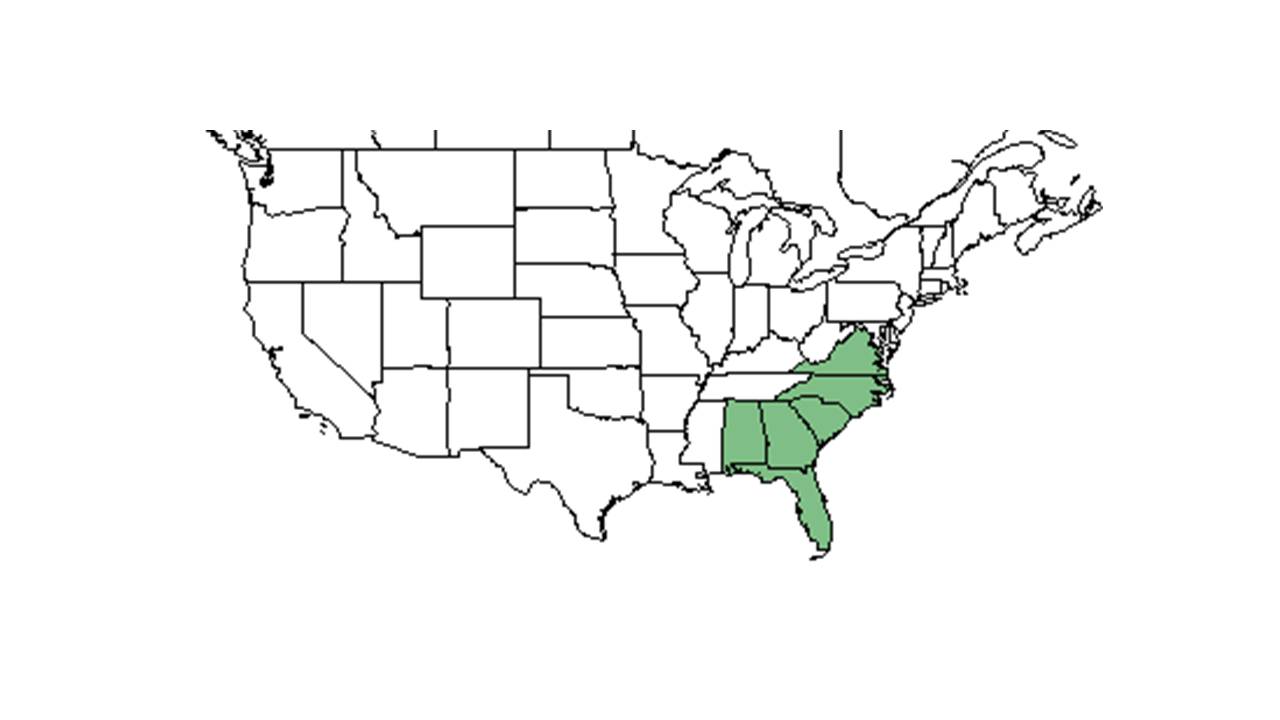Difference between revisions of "Pediomelum canescens"
KatieMccoy (talk | contribs) |
KatieMccoy (talk | contribs) |
||
| Line 37: | Line 37: | ||
===Phenology=== <!--Timing off flowering, fruiting, seed dispersal, and environmental triggers. Cite PanFlora website if appropriate: http://www.gilnelson.com/PanFlora/ --> | ===Phenology=== <!--Timing off flowering, fruiting, seed dispersal, and environmental triggers. Cite PanFlora website if appropriate: http://www.gilnelson.com/PanFlora/ --> | ||
| − | Observed blooming May through October ( | + | Observed blooming May through October (FSU Herbarium). |
===Seed dispersal=== | ===Seed dispersal=== | ||
Revision as of 14:58, 17 September 2015
| Pediomelum canescens | |
|---|---|

| |
| Scientific classification | |
| Kingdom: | Plantae |
| Division: | Magnoliophyta - Flowering plants |
| Class: | Magnoliopsida – Dicotyledons |
| Order: | Fabales |
| Family: | Fabaceae ⁄ Leguminosae |
| Genus: | Pediomelum |
| Species: | P. canescens |
| Binomial name | |
| Pediomelum canescens (Michx.) Rydb. | |

| |
| Natural range of Pediomelum canescens from USDA NRCS Plants Database. | |
Contents
Taxonomic notes
Common name: buckroot
Synonym: Psoralea canescens Michx.
Description
Pediomelum canescens is a perennial herbaceous species with a bushy growth habit (FSU Herbarium) it grows 1 to 3 feet tall with loose spike of dark-blue flowers and 1 to 3 foliolate leaves (Graham 1941).
Distribution
Ecology
Habitat
P. canescens occurs in sandy areas of the Coastal Plain (Graham 1941) such as longleaf pine-turkey oak sand ridge, secondary longleaf pine-turkey oak sand-hill ridge, longleaf pine-wiregrass sandridge, pine flatwoods, and open sandridges (FSU Herbarium).
Has been observed growing on drying sand besides roads in open pine-oak woodlands and dry sandy fields (FSU Herbarium).
Species associated include Serenoa repens, Quercus incana, Quercus chapmanii, Quercus laevis, Aristida, Andropogon, Onosmodium, bahia grass, and Diospyros (FSU Herbarium).
Phenology
Observed blooming May through October (FSU Herbarium).
Seed dispersal
Seed bank and germination
Fire ecology
Pollination
Use by animals
Seeds have been found in bobwhite stomachs (Graham 1941).
Diseases and parasites
Conservation and Management
Cultivation and restoration
Photo Gallery
References and notes
Cumberland, M. S. and L. K. Kirkman (2013). "The effects of the red imported fire ant on seed fate in the longleaf pine ecosystem." Plant Ecology 214: 717-724.
Florida State University Robert K. Godfrey Herbarium database. URL: http://herbarium.bio.fsu.edu. Last accessed: June 2014. Collectors: Robert Kral, Mabel Kral, O. Lakela, R.K. Godfrey, H. R. Reed, Loran C. Anderson, T. MacClendon, K. MacClendon, Cecil Slaughter, Travis Richardson, Steve L. Orzell, E. L. Bridges, A. F. Clewell, Sidney McDaniel, Raymond Athey, Richard D. Houk, Raymond Athey, R. A. Norris, R. Komarek, H. E. Ahles, J. Haesloop, J. R. Burkhalter, LK Kirkman, A. Gholson, D. Wolfe, Annie Schmidt, A. Johnson, and M. Jenkins. States and Counties: Florida: Bay, Calhoun, Citrus, Clay, Dixie, Duval, Escambia, Franklin, Gadsden, Hamilton, Hernando, Highlands, Hillsborough, Jackson, Leon, Madison, Okaloosa, Santa Rosa, Suwannee, Taylor, Wakulla, Walton, and Washington. Georgia: Baker, Lowndes, and Thomas. North Carolina: Hoke. Alabama: Baldwin, Geneva, and Henry.
Graham, E. H. (1941). Legumes for erosion control and wildlife. Washington, USDA